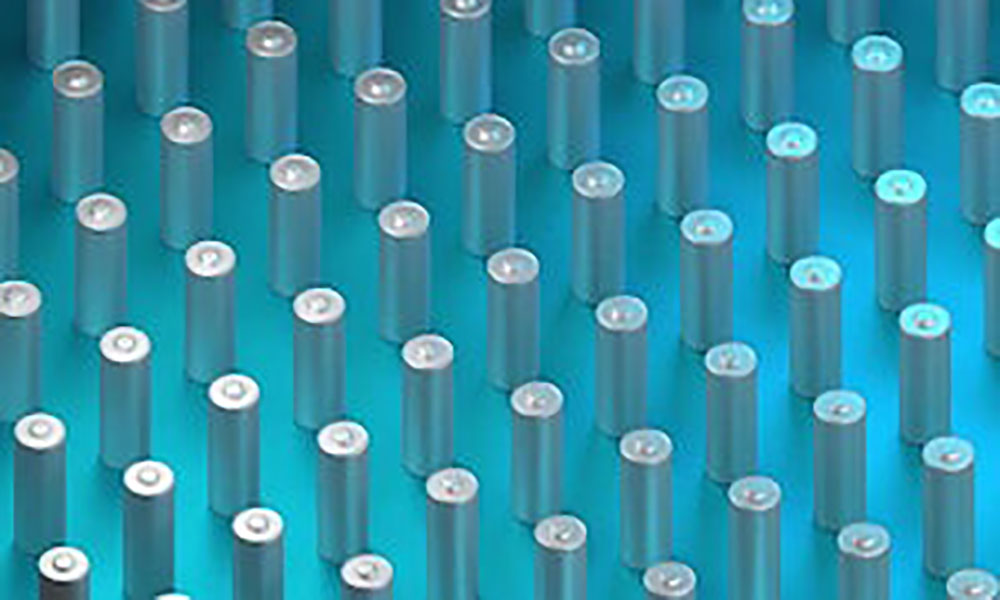The development of portable electronic devices, electric vehicles, and renewable energy systems urgently requires the support of high-performance and high-safety electrochemical energy storage devices, but the current commercial lithium-ion batteries based on traditional organic electrolytes are approaching the performance bottleneck and are toxic. , Volatile and flammable ester electrolytes have great potential safety hazards. Solid-state batteries (SSBs) using solid electrolytes (SSEs) to replace traditional liquid electrolytes and separators have received extensive attention due to their intrinsic safety and performance potential. Great room for improvement.
However, the current performance of SSBs is still limited by their chemical/physical defects, such as air reactivity, electrochemical instability, Li dendrite penetration, and poor solid-solid interface contact. Raw materials and production conditions also make SSEs have a high production cost, which is not conducive to the development and large-scale application of SSBs. Therefore, it is urgent to develop SSEs with high performance, high security, high stability, and low cost.
The electrochemically active material Li4Ti5O12 was applied to the field of solid electrolyte for the first time, and the electrochemical behavior of Li4Ti5O12/PVDF composite solid electrolyte was studied.
When the optimal Li4Ti5O12 content is 80wt%, the composite electrolyte can exhibit the best ionic conductivity (2.87×10−4 S cm−1), lithium-ion migration number (0.87), and stability to lithium metal. The negative electrode interlayer formed by the electrochemical activity of Li4Ti5O12 was confirmed by electrochemical methods and Raman spectroscopy. The ionic and electronic mixed conductive properties of the interlayer can reduce the interface resistance, improve the interface contact and Li metal deposition morphology, and effectively stabilize The interface between the electrolyte and the lithium metal anode.
Li-LFP batteries based on this composite electrolyte exhibit considerable discharge-specific capacity, long-term cycling stability, and rate capability. This study provides a simple and effective solution to the problems of solid-state electrolyte interface and electrochemical stability and proposes a new material selection and development direction for the realization of low-cost and high-performance solid-state electrolytes.

Figure 1 a) Electrochemical impedance spectra at different temperatures; b) Li4Ti5O12 sheets after contacting with Li metal foil; c) Chronoamperometric curves (0.5 V) of Li4Ti5O12 sheets with different PVDF contents before/after lithiation.
With the decrease of LTO composition and the increase of PVDF ratio, the electrochemical properties of the composite electrolytes (LTO-8, 6, 4 representing Li4Ti5O12 content of 80, 60, and 40 wt%, respectively) showed regular changes. The ionic conductivity of the composite electrolyte film with the highest Li4Ti5O12 content reaches 2.87×10−4 S cm−1, and the lithium ion migration number reaches 0.87.

Fig.2 Electrochemical characterization of Li|LTO-X interface Long-term cycling performance at areal density; 1mAh cm-2 areal density lithium deposited on the copper foil surface at a current density of 0.3mA cm-2, c) its deposition morphology and d) its voltage curve.

Figure 3. Cycling performance of Li|LTO-8|LFP batteries: a) long-cycle performance at 0.5C; b) rate performance and c) specific capacity-voltage curves at different rates; d) long-cycle performance at 5C.
Electrochemical impedance spectroscopy of lithium metal batteries shows that LTO-8 still has good stability during battery aging and charging and discharging. The solid-state lithium battery has a discharge-specific capacity close to 150mAh g-1 at a rate of 0.5C, the Coulomb efficiency remains above 99.7%, and the capacity retention rate within 250 cycles reaches 98%. The discharge-specific capacities at 1C, 2C, 3C, and 5C rates reached 145, 141, 135, and 121 mAh g−1. An average discharge capacity of 119 mAh g−1 was obtained over 400 cycles at 5C.


Good to know!